In this review, we’ll take a look at Winchester’s small pistol primers (WSP). These primers are intendid for use with non-magnum loads only. I have personally loaded many boxes of 38 special and 9mm rounds with these primers. These primers have always worked really well for me with zero malfunctions, even with a lightened action, more on that later. I’ve also reviewed Winchester’s large pistol primers (WLP) so you may want to read that review.
Summary:
Overall Score: 4.5/5
![]()
Hits:
- – Priced reasonably
- – Readily available at most stores that sell reloading components
- – Compact trays that allow primer pickup tubes to be used directly
- – Very reliable ignition even with lightened actions
Misses:
- – Brass primers are not as pretty as nickel plated (but are easier to ignite without plating…)
Complete Review:
Winchester makes great reloading components, and their primers are no exception. Winchester primers are packaged in packs of 100, or bricks of 1000 (a box of 10 packs of 100).
Winchester WSP Primers, Tray (foreground), Box (back left), and Brick (back right)
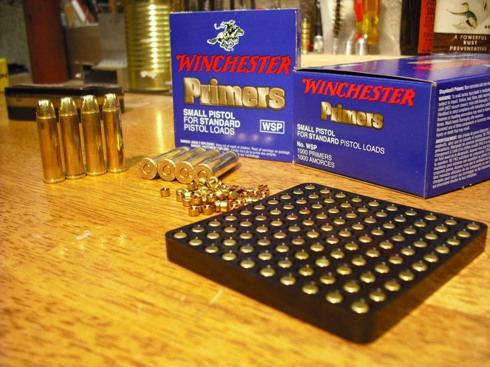
WSP primers, loose, completed rounds
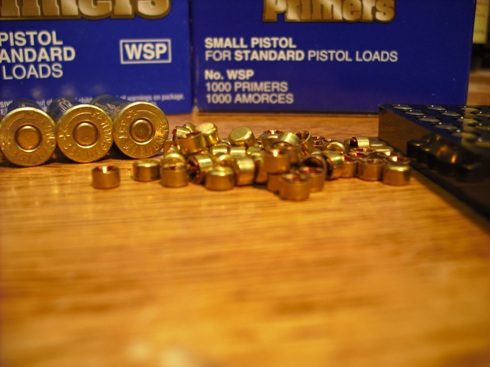
These primers have worked well for me, and I switched to them after reading about their good performance even for guns with ligtened springs/actions. I’ve now shot thousands of rounds with WSP primers in my 6″ stainless Ruger gp-100 that I installed Wolff reduced power springs in.
Ruger GP-100 with Wolff reduced power springs for lighter trigger pull
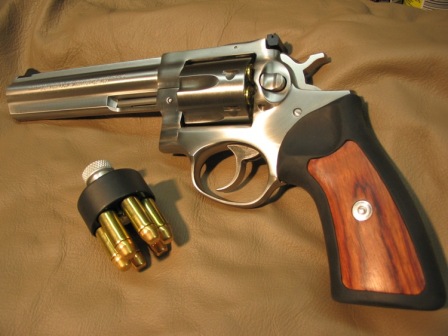
Note that the rounds loaded for this gun with WSP primers are 38 special loadings in 357 magnum brass (to minimize crud rings that form when shooting 38 special brass in a 357 magnum). When I load magnum loads for this revolver, I always use magnum primers because WSP primers are not rated for magnum loads. I guess Winchester was not able to get a consistent and reliable formulation that worked both for non-magnum and magnum loads (WLP works for both magnum and non-magnum loads for large pistol applications).
Packaging:
Same as with the WLP, these boxes are not filled with a lot of empty space, so they don’t eat up valuable shelf space. The plastic trays are substantial, and they allow the use of primer pickup tubes (such as the style used with Hornady and Dillon systems). I tend to use an old Lee primer tray, and flip the primers onto a flat surface instead of using the pickup tubes directly on the trays, just my preference.
The nice plastic trays and compact packaging gets a score of 4.5/5.0.
![]()
Performance:
As I’ve mentioned previously in this article, I’ve loaded thousands of rounds in 38 special, 38 special in 357 magnum brass, and 9mm. I have not had a single problem, even with my revolver with reduced power springs (did have light strikes with some factory 357 magnum ammo). That gives these primers a solid 5.0/5.0 for performance.
![]()
Value for the money:
With a street price of $25-30/1000, these primers are priced at or below the average price for primers at the time of this writing. That makes these primers a solid 4.0/5.0 on the value scale.
![]()
Summing it all up:
Winchester WSP primers are a great value, are readily available, and work well in a variety of applications. I tend to like the look of nickel plated primers better (contrasts with brass case), but I’ll take the more reliable ignition from bare brass primers instead. The fact that these primers are easy to ignite makes them a great choice for guns with lightened actions.
For more details see www.winchester.com.

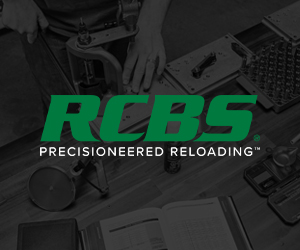
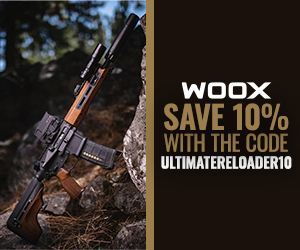
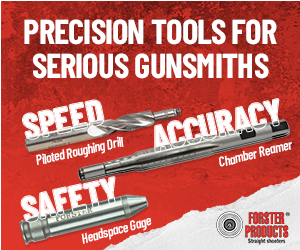
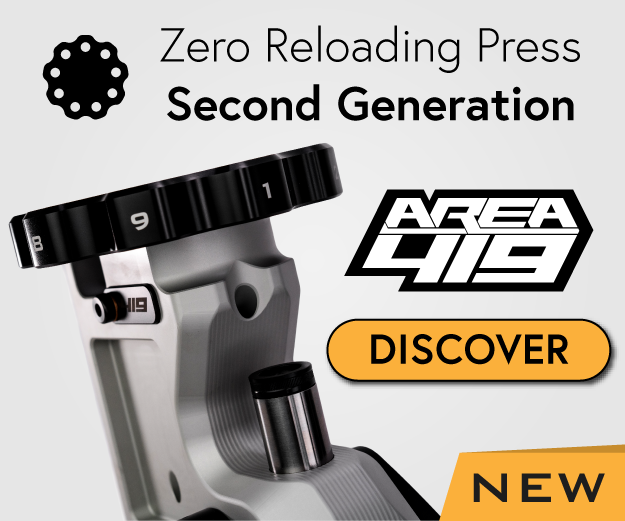
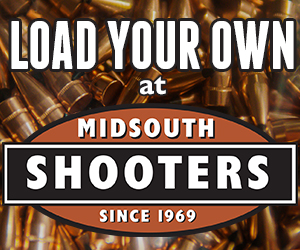
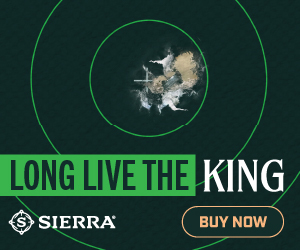


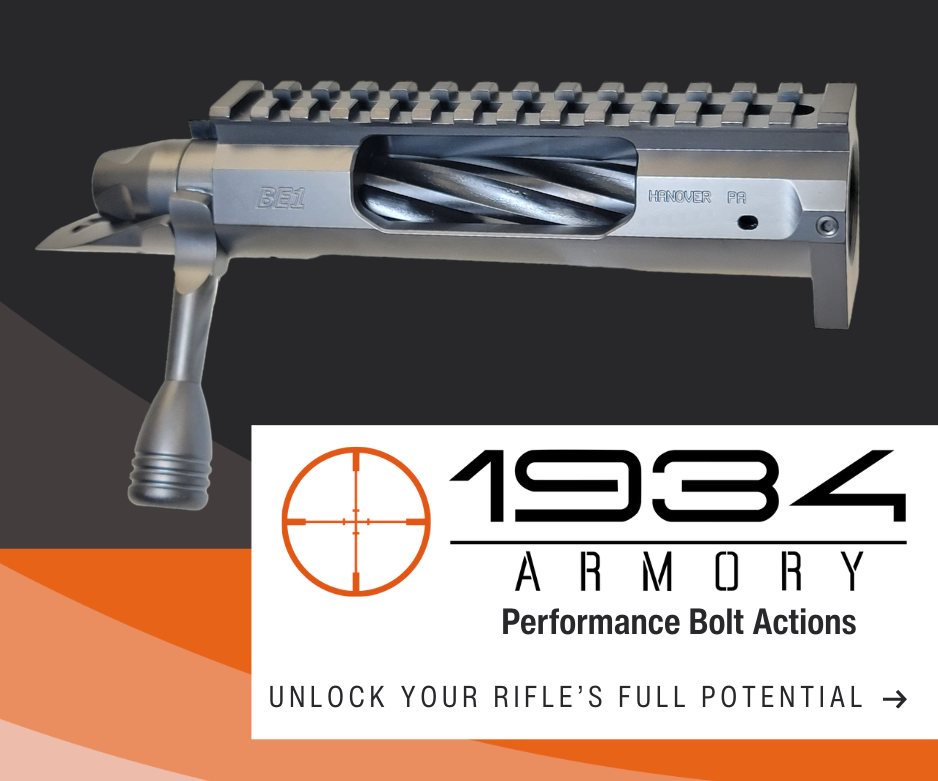






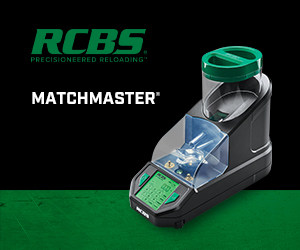





















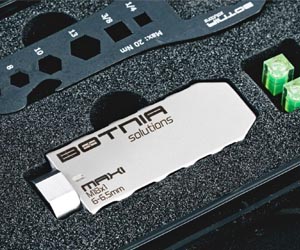
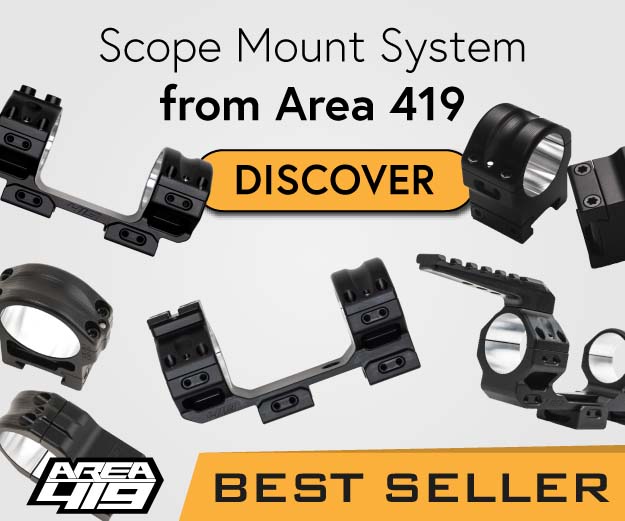





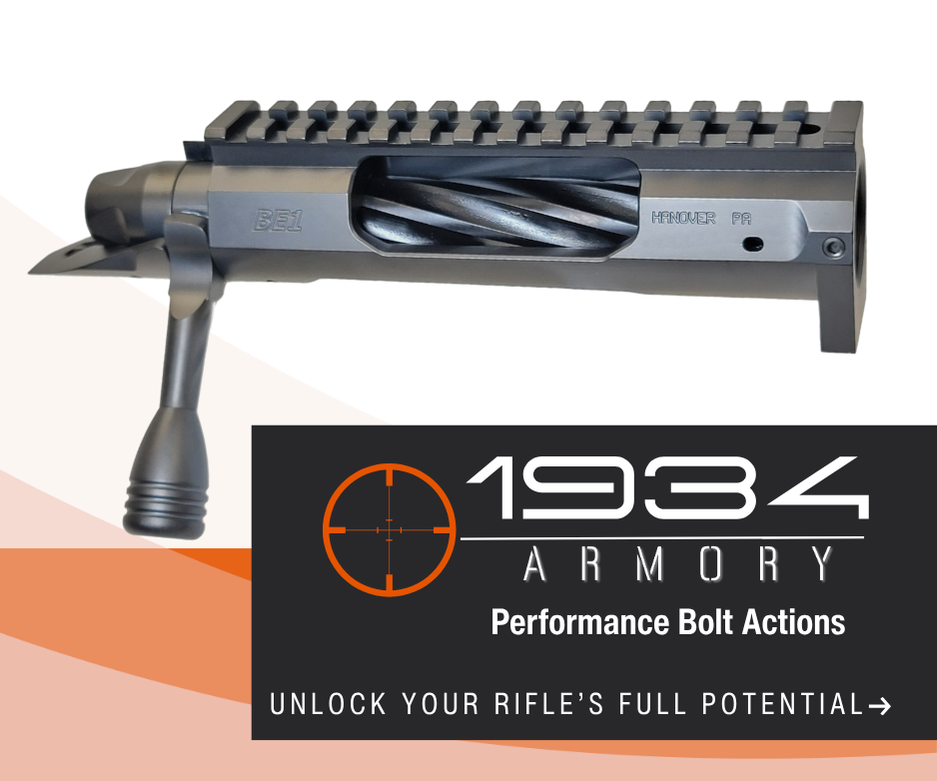

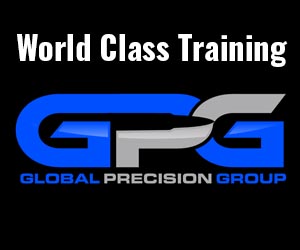
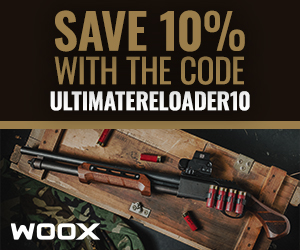



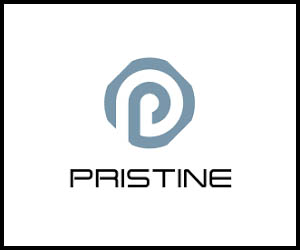





















Just saw the info here , never thought of using the box tray for pick ups . Neat , thanks. will give it a try.
You wrote in your review:
“Note that the rounds loaded for this gun with WSP primers are 38 special loadings in 357 magnum brass (to minimize crud rings that form when shooting 38 special brass in a 357 magnum). When I load magnum loads for this revolver, I always use magnum primers because WSP primers are not rated for magnum loads.”
I also have a GP100 and am interested in doing the same as what you have done. My question is do you load as if the brass was 38 brass and not 357 brass?
Thanks
Kent- I typically use 357 brass, and load it with approximately 38 special load data (some times more or less).
Here is some data from Hodgdon using Hornady Bullets and Titegroup Powder
Starting Loads Maximum Loads
Bullet Weight (Gr.) Powder Bullet Diam. C.O.L. Grs. Vel. (ft/s) Grs. Vel. (ft/s)
357 Magnum Load
110 GR. HDY XTP Titegroup .357″ 1.590″ 7.2 1509 8.0 1614
38 Special Load
110 GR. HDY XTP Titegroup .357″ 1.455″ 4.3 1011 4.8 1109
As you can see Starting load as a 357 is 7.2 Grs. vs 4.3 for the 38 Special
Maximum as a 357 is 8.0 Grs. vs 4.8 for the 38 Special
Would you load the 357 brass using small pistol and 4.3 Grs. as a starting load or would you go higher. Titegroup seems to state that case volume as little effect on results.
How would you use the primer tray for picking up primers in your primer tube?